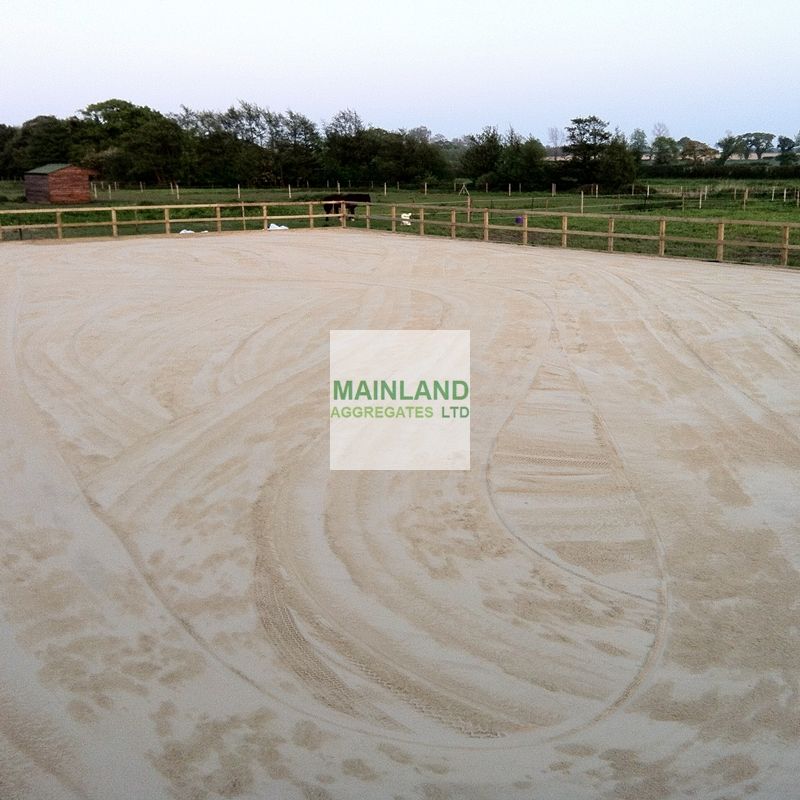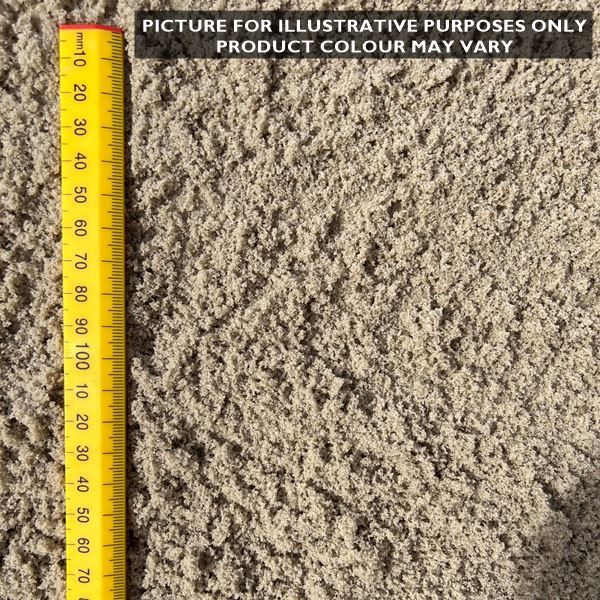Why Silica Sand Is Safe For Horses

If you’re a horsey person, then you’ll know that a horse is more than just a pet. A horse is a member of the family, an extension of it in fact, and as you love your family more than anything else in the world, by the same token, that love is offered to your horse too. Once one gives their heart to their horse it is theirs forever and all time, money and energy is expensed in the direction of the stables.
I guess you’d have to be the one who’s given their heart equine-wards to fully understand but let’s just put it this way, nothing is too good for a horse companion. So, when it comes to the sand they tread, that’s got to be of the highest quality also and contrary to popular belief, not all sand is the same. Silica sand, used in horse arenas, has to be chosen carefully or the landing of hooves can become dangerous and could result in injuries to not just the precious horse, who we know owns your heart already, but to the rider him or herself.
Making the choice for the right sand is paramount to your life as a rider and to the health of your horse so, you must make sure that you know what you’re talking about when it comes to those tiny little micro particles that by sheer nature in their make-up, slide against each other which on a beach is how grains are formed but in an arena can create an incredibly uneven and dangerously unstable surface. If you aren’t using the right grade of sand, specifically created to work with horses and riders, then not only will the surface become unmanageable down to its own properties but it will allow silt and dust to join with the sand and fuse together making solid areas which when exposed to the elements will become harder. A fall, for both the horse and the rider will result in feeling like one has landed on concrete, not the desired effect when learning to ride, can you imagine implementing the saying “get back on the horse” after a fall onto a surface that hard?
So stay safe and use Equestrian grade silica sand instead as this offers a far softer surface with its sub-angular sand particles which interlock and compliment each other in a compact way to crate support for the horse as he or she does their training and a relaxed place to be caught if a fall occurs.

